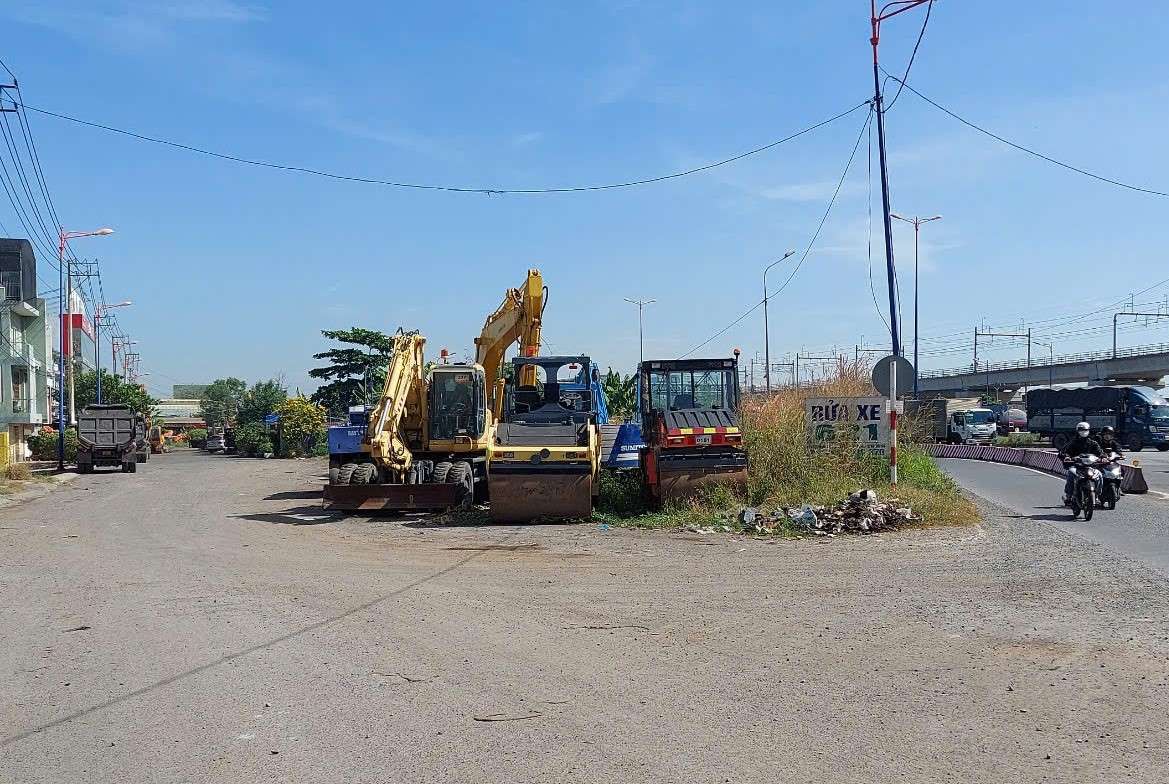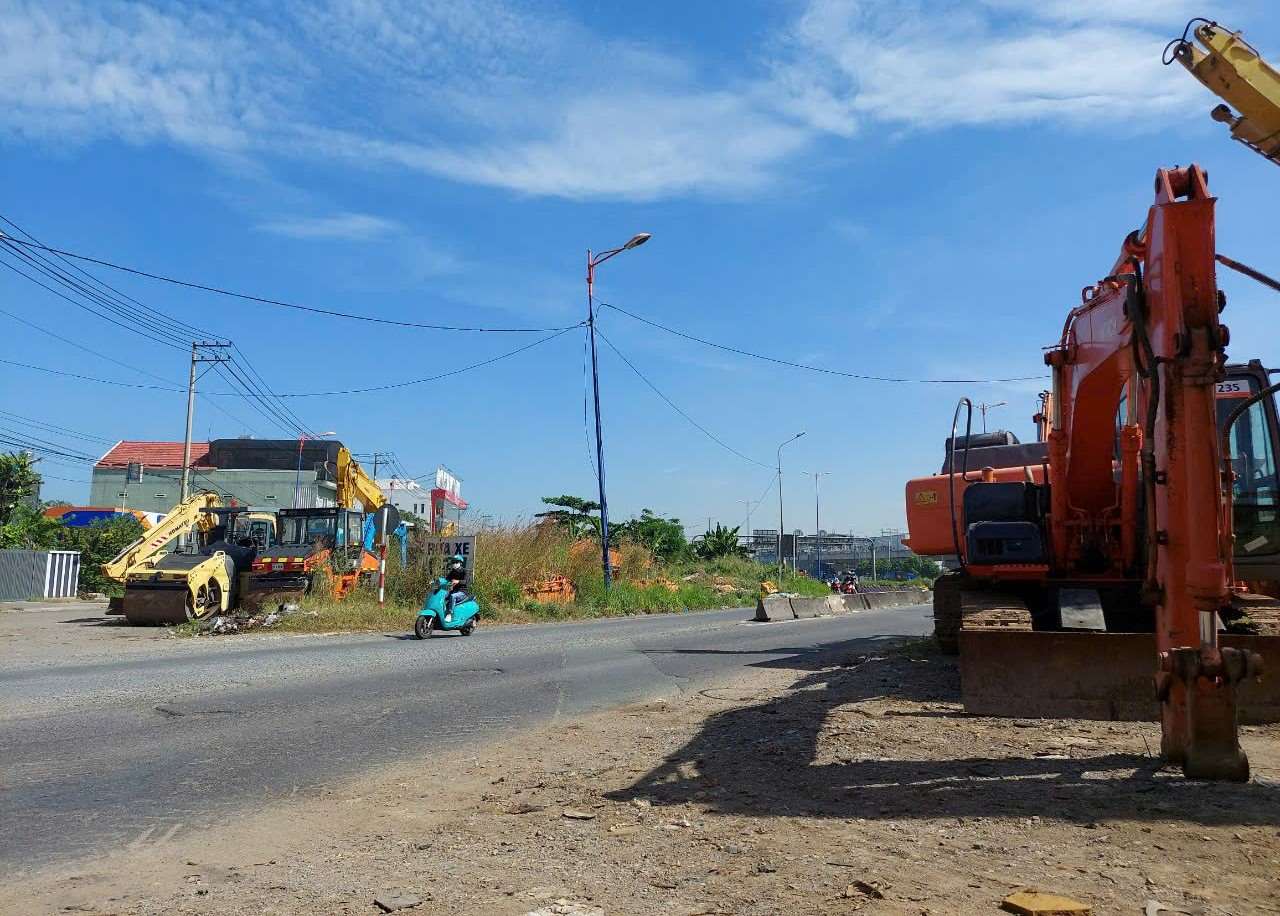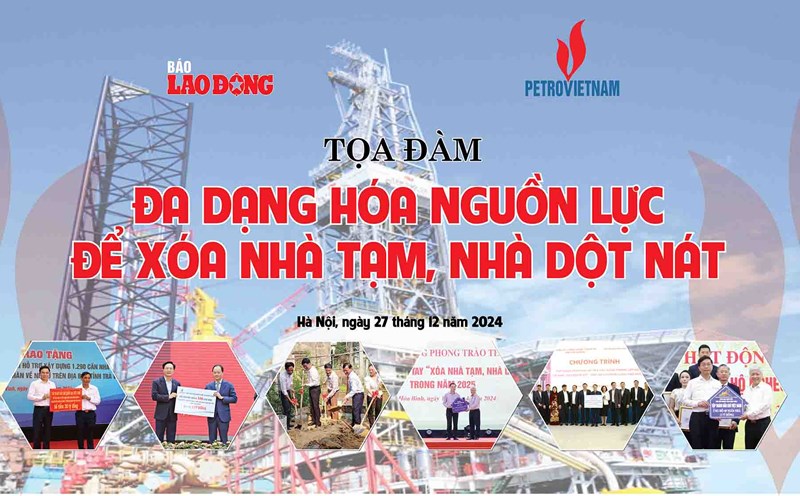The project to expand Hanoi Highway and National Highway 1, extending from Saigon Bridge to Tan Van Intersection (15.7 km long), started on April 2, 2010 under the BOT (build - operate - transfer) model.
According to plan, the project will be completed within 36 months from the handover of the site.
However, by the end of November 2024, although the entire main axis from Saigon Bridge to the intersection of Ho Chi Minh City National University, more than 13km long, has been completed, many other sections are still unfinished due to land clearance problems.
In particular, the section of National Highway 1 from the new Eastern Bus Station to Tan Van intersection (about 2km long) has been stalled for many years, creating a "bottleneck" affecting people's travel.


Notably, the East-West main road in Di An City (Binh Duong) - the route connecting to the new Eastern bus station - although completed, still cannot connect to National Highway 1 due to land clearance problems.


Furthermore, the underpass at the Station 2 intersection on the parallel road on Hanoi Highway (from Ho Chi Minh City to Dong Nai) is also currently under temporary suspension because nearly 30 households have not been relocated.

According to Mr. Hoang Phuc Dung - Deputy Head of the Department of Road Traffic Infrastructure Management and Exploitation (Ho Chi Minh City Department of Transport), the entire 15.7km Hanoi Highway and National Highway 1 will be expanded to 12 - 16 lanes, divided into 3 sections.
Section 1 from Saigon Bridge to Binh Thai Intersection is 6.2km long (153m wide); Section 2 from Binh Thai to Tram 2 Intersection is 5.3km long (113m wide); Section 3 from Tram 2 Intersection to Tan Van Intersection is 4.2km long (111m wide).
Mr. Hoang Phuc Dung said that the "bottleneck" situation at unfinished sections not only reduces the efficiency of the project but also causes serious congestion.
On average, each month, the Hanoi Highway toll station records nearly 1 million vehicles passing through, putting great pressure on the area's traffic infrastructure.


A representative of the Ho Chi Minh City Department of Transport said that the section of National Highway 1 in Binh Duong province, from the new Mien Dong bus station to Tan Van intersection, has completed upgrading the existing main road surface since 2018 and building a parallel road in front of the gate of the new Mien Dong bus station.
However, the main road expansion and parallel roads on both sides (except for the 500m range in front of the new Eastern bus station) have not yet been cleared.
To date, Binh Duong province has paid and handed over the land to 152 out of 298 cases, but 146 cases have not been resolved. The prolonged situation increases compensation costs.
Currently, the investor of the BOT project to expand Hanoi Highway and National Highway 1 is adjusting the plan and balancing capital sources to continue completing compensation and site clearance work, in order to soon put the project into synchronous operation.
To thoroughly resolve the problem, the Ho Chi Minh City Department of Transport has proposed that the People's Committee of Binh Duong province and the People's Committee of Thu Duc city promptly complete compensation and site clearance procedures to hand over to investors.

In 2009, the Hanoi Highway and National Highway 1 BOT project was approved by the Ho Chi Minh City People's Committee with a total investment of VND 2,516 billion and in 2016 it was adjusted to more than VND 4,900 billion.
From April 2021, Hanoi Highway BOT has started collecting tolls, expected to last 17 years and 9 months.
Currently, this is the main artery at the eastern gateway of Ho Chi Minh City, connecting directly through Binh Duong and Dong Nai, and is also the road axis parallel to Metro Line 1 (Ben Thanh - Suoi Tien) which is about to be put into operation.











